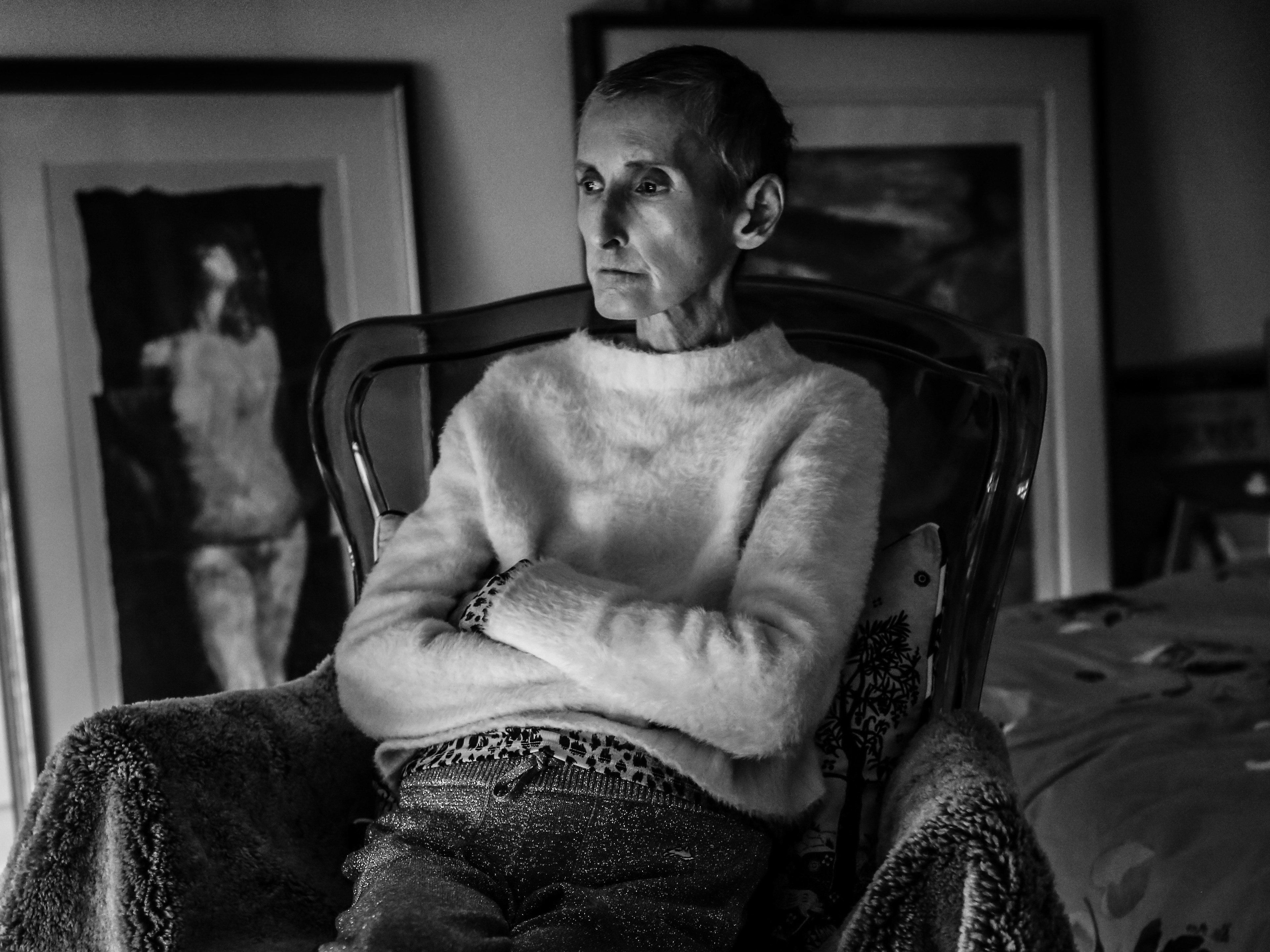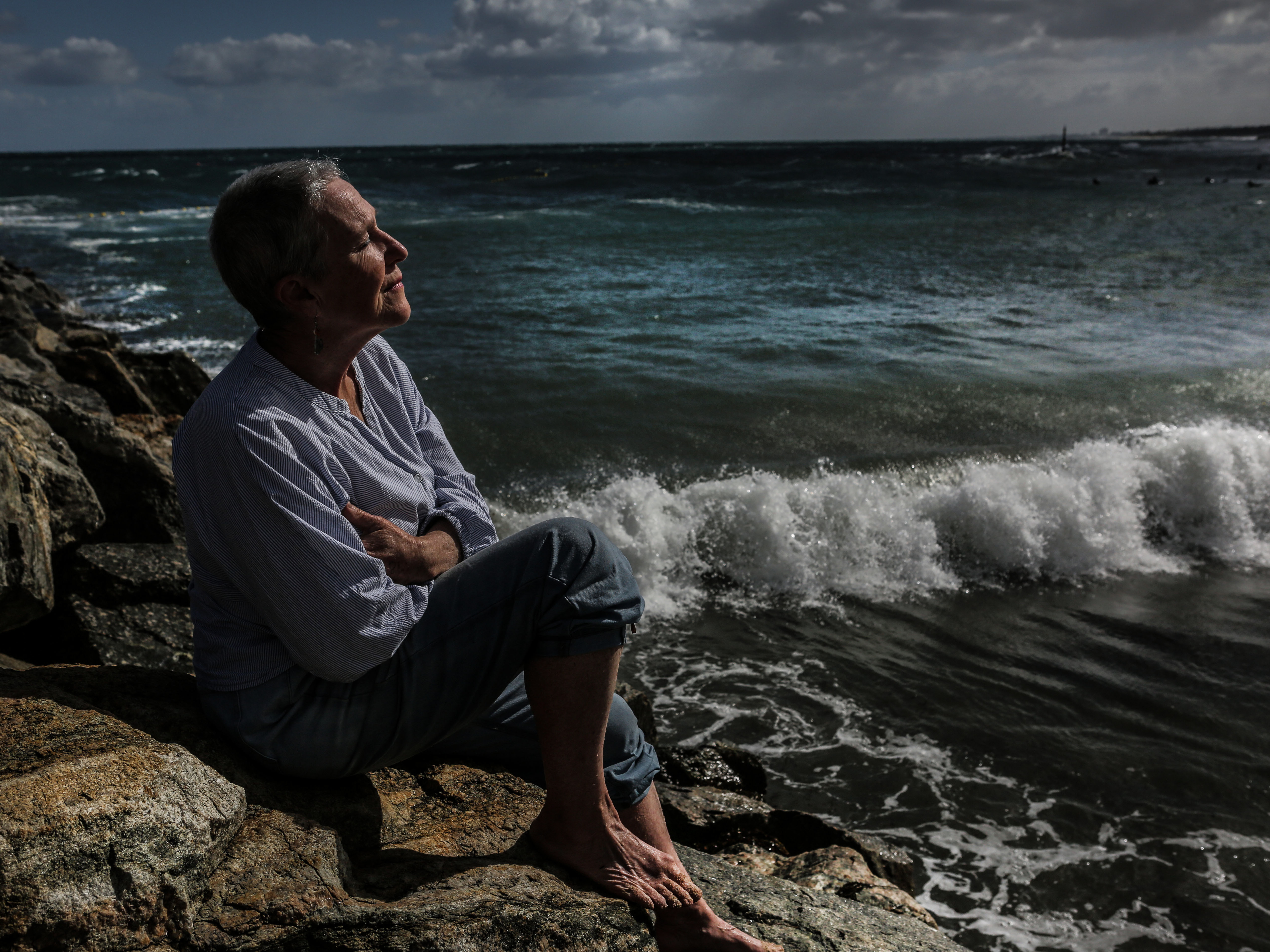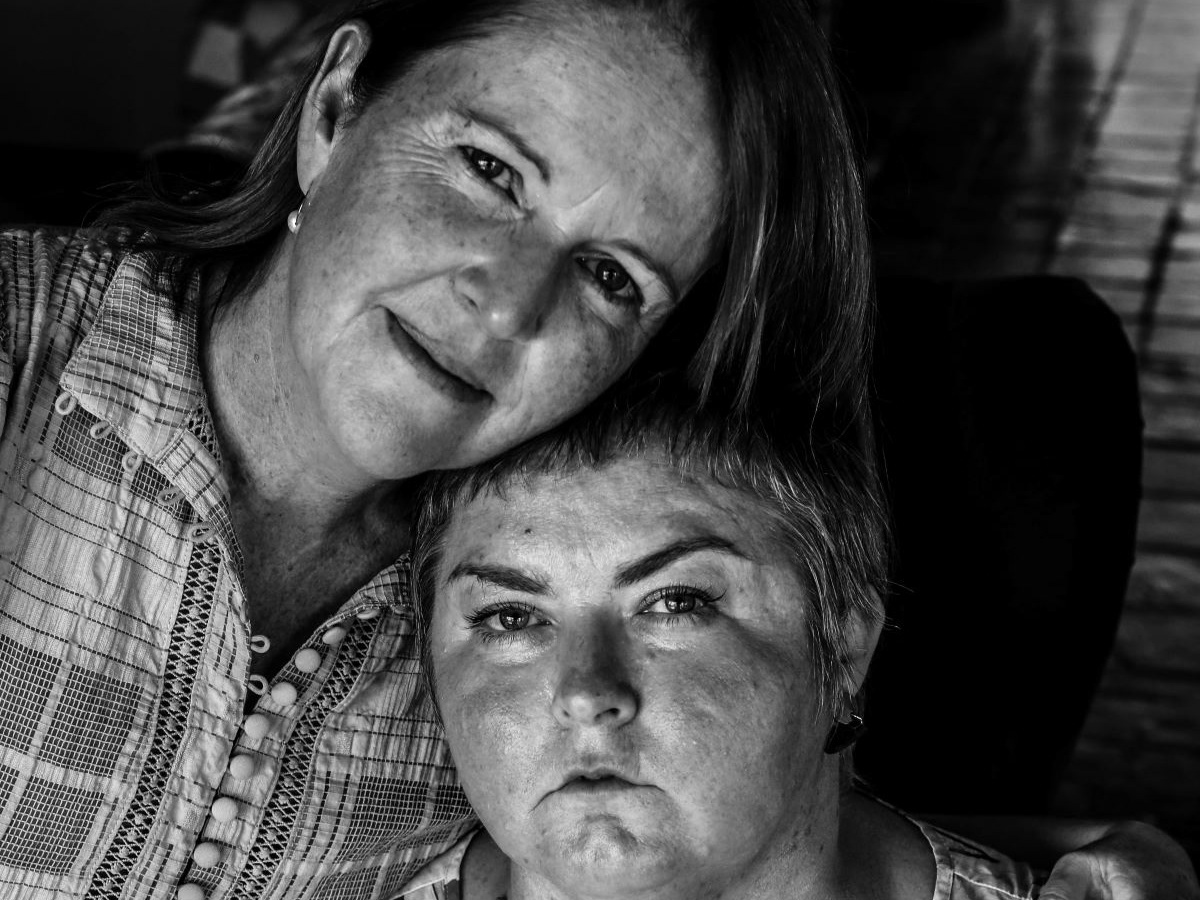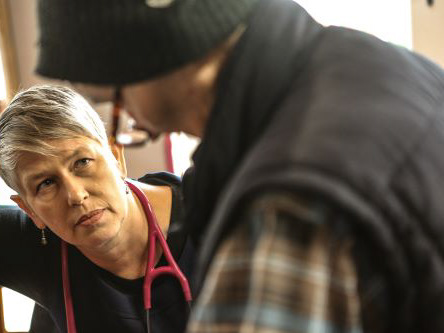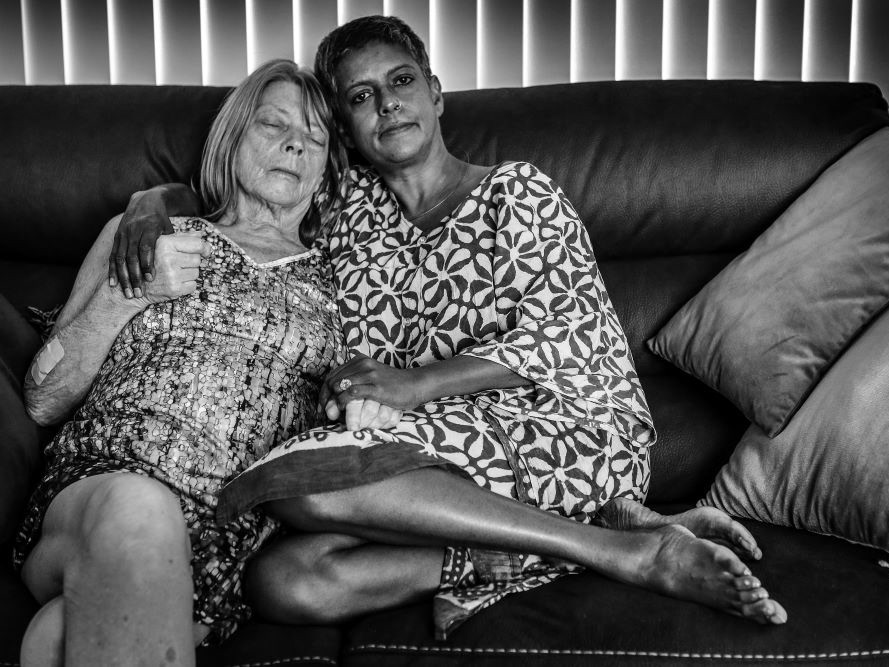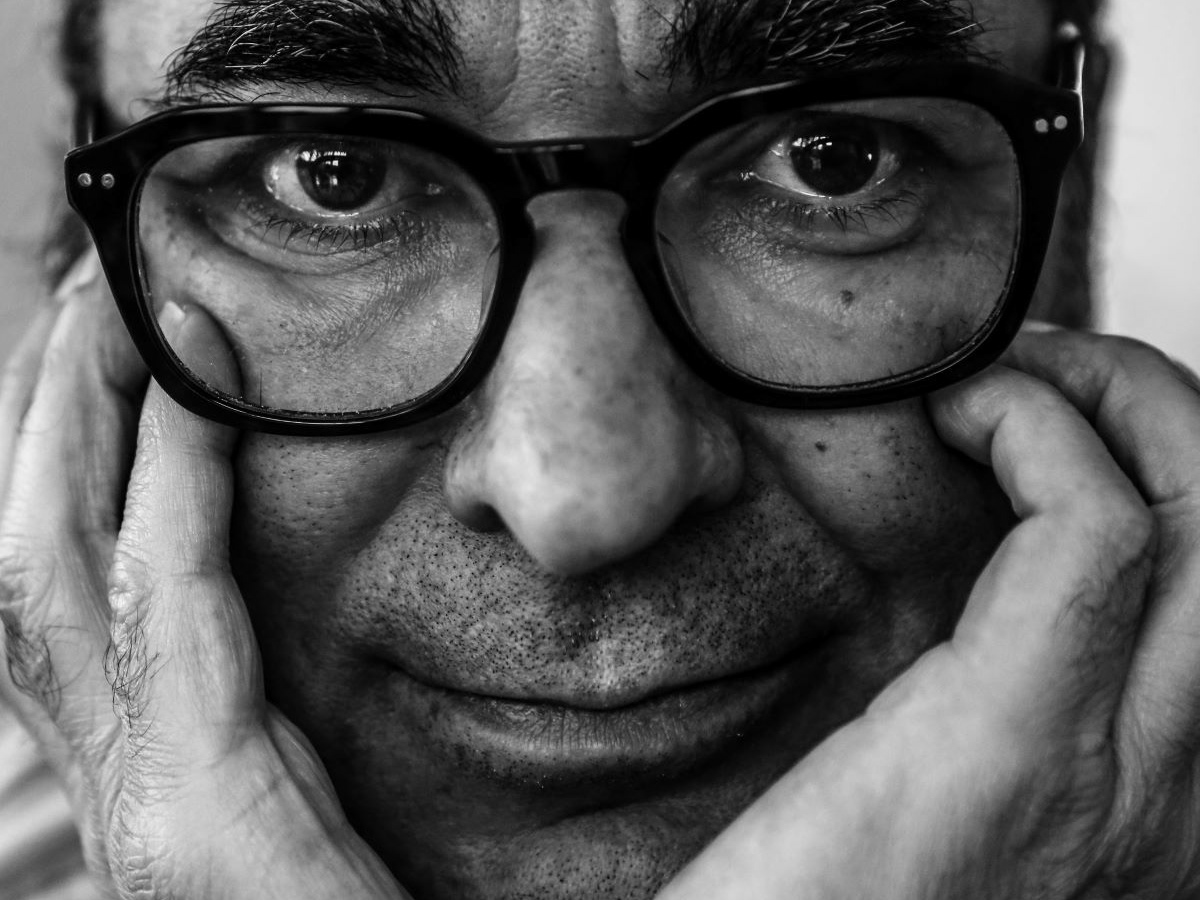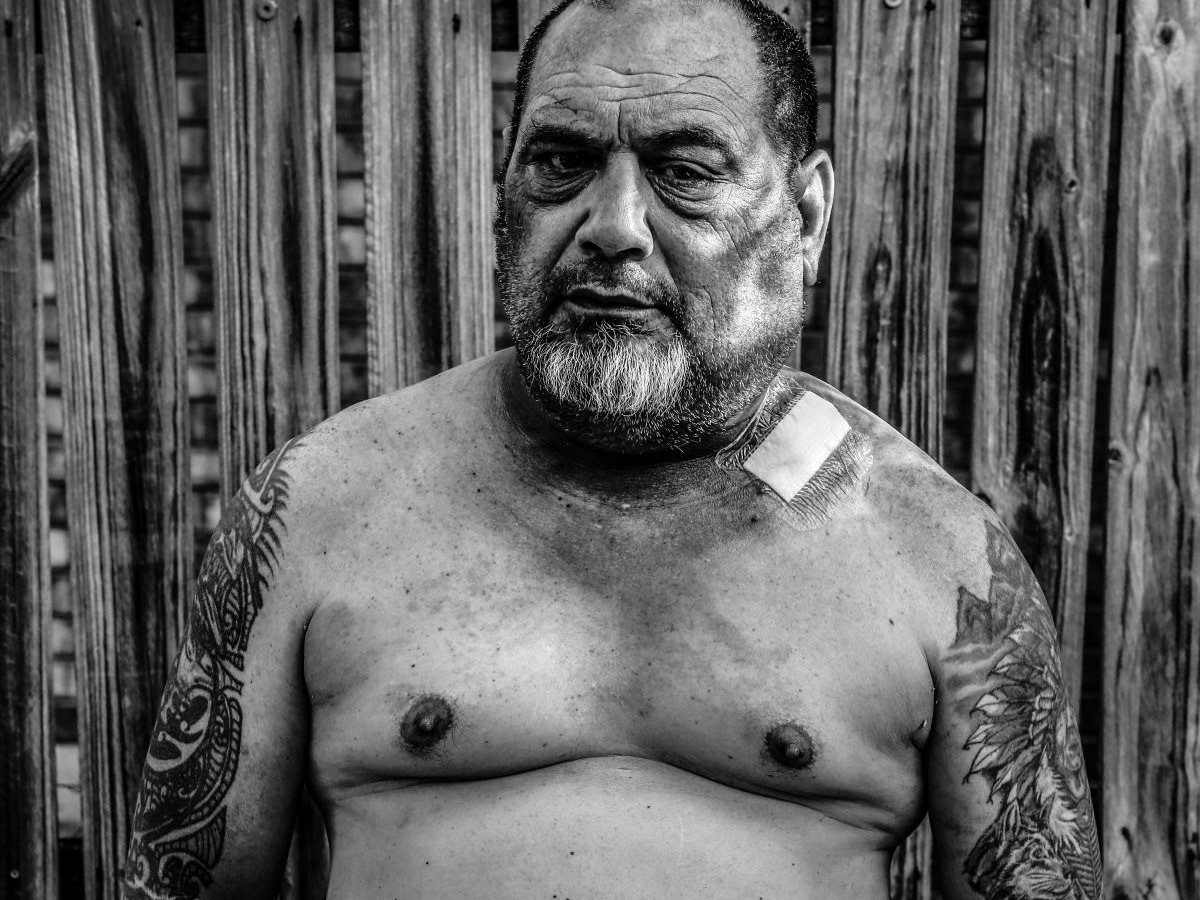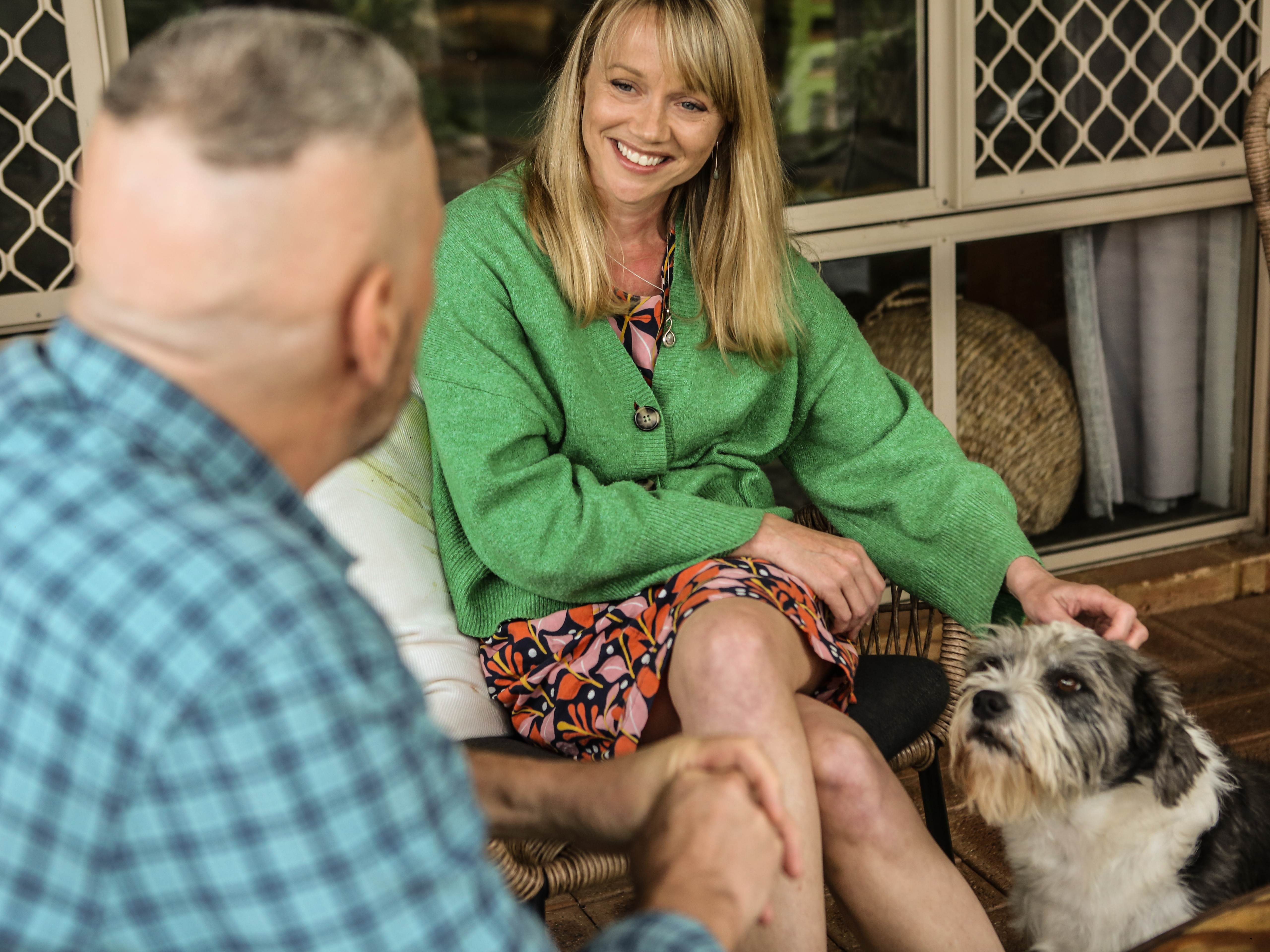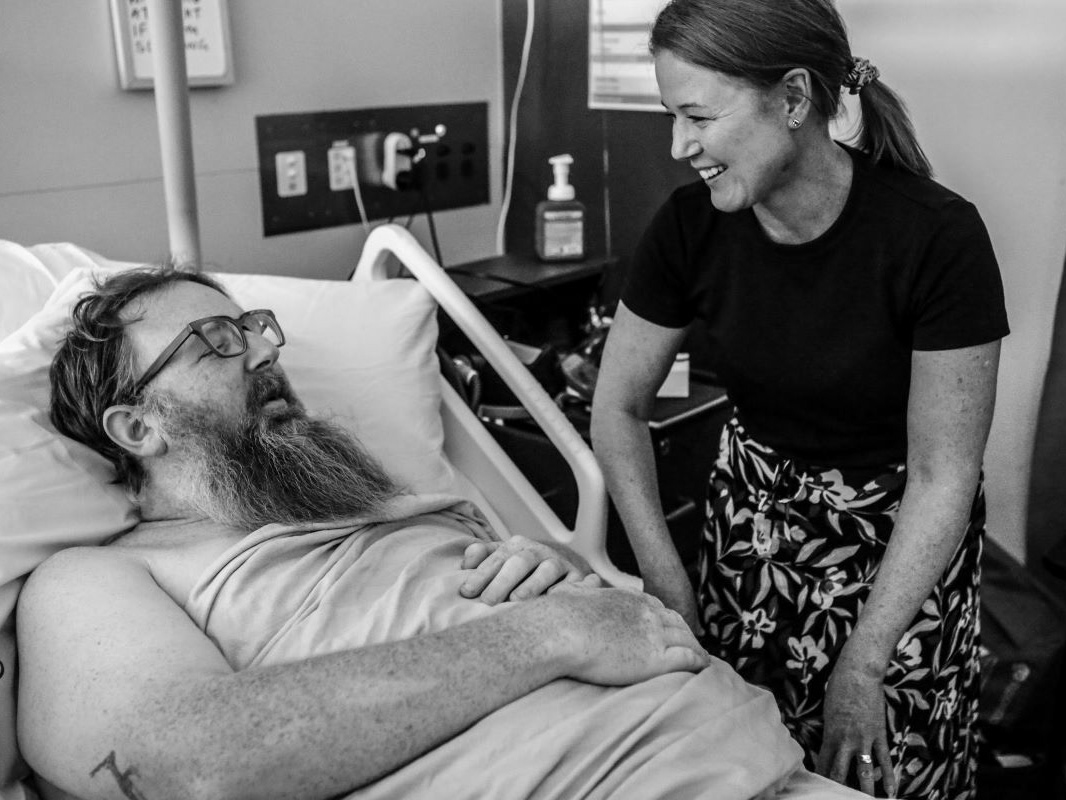Suffocation was Simon MacGillivray’s worst nightmare. Diagnosed with lung cancer that had metastisized to his bowel, his biggest fear was gasping for air and not knowing if the next breath out would be his last.
Simon understood powerlessness. A previous cancer scare had led to the partial removal of his tongue, which left his speech slurred and caused some people to wrongly assume he had a brain injury. Fiercely independent and very smart, he was determined to stay out of hospital and spend what time he had left with his partner Kay, at the home they shared in Ballan north west of Melbourne. His shed was his retreat where he could continue to restore his salvaged dodge truck and finish the renovations on his house.
By early 2023, however, complications and worsening breathlessness led him to request voluntary assisted dying.
"I need to have options," he said. “With VAD, I won’t have to go through that torment. That terrible, terrible torture of not being able to breathe.”
The careful and safeguarded process to be approved, led by doctors, left Simon feeling he had to justify being allowed to make decisions about his own life and medical treatment.
"That’s just the way it is, I suppose," he said. "Sometimes they say yes, sometimes they say no. I thought, if they turn around and say you’re not eligible then I would have been in big trouble. How cruel to have come all this way and then be told no."
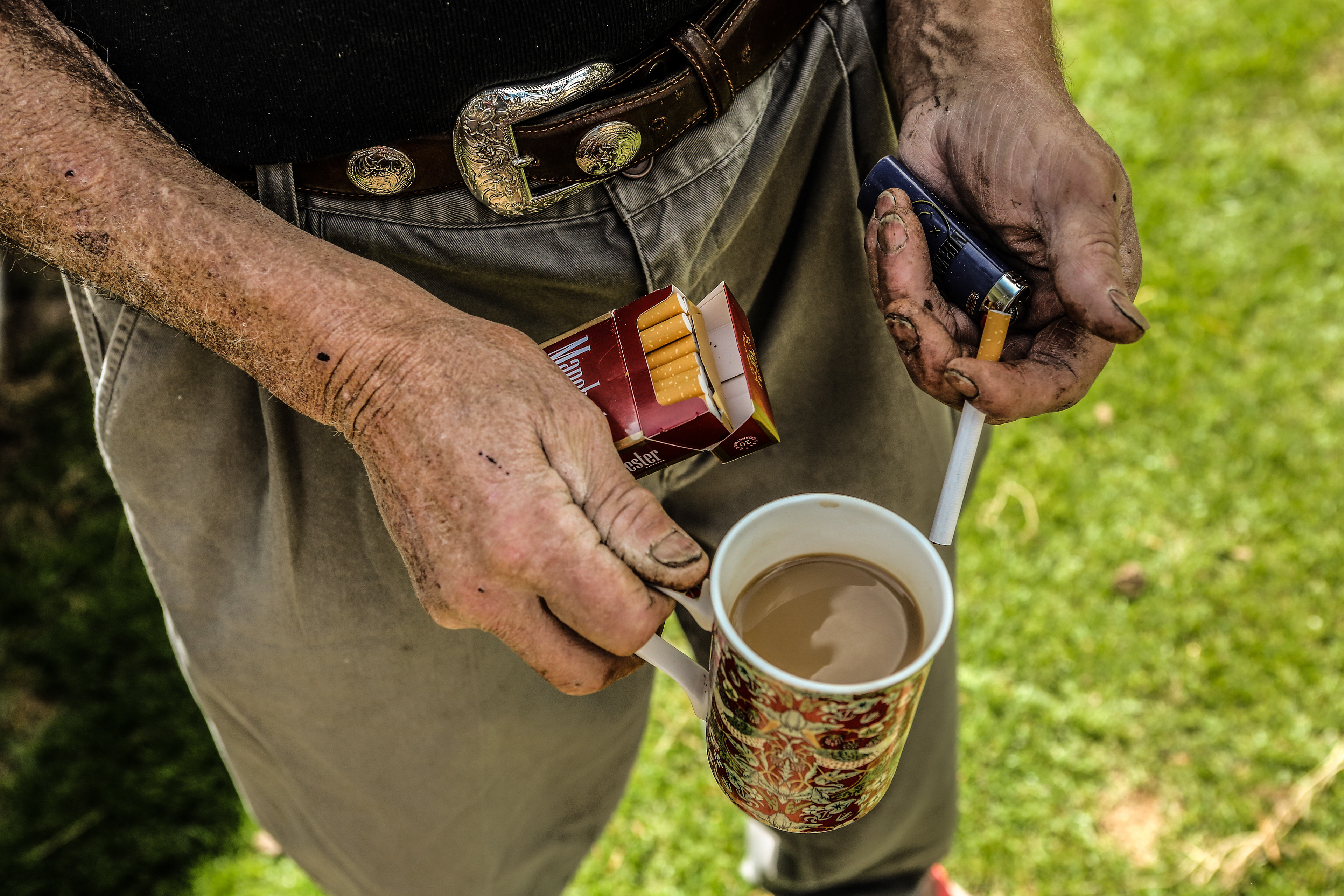
After several weeks of consults and assesssments his application was approved. The relief was immense. It meant he could focus on living rather than worrying about how the end might be.
"Am I scared of dying? Sometimes I am. Sometimes I'm too busy to think about it," he said.
His community palliative care team was supportive of his VAD choice and
ensured he had the care he needed to stay at home.
ensured he had the care he needed to stay at home.
But by October 2023, his breathlessness had worsened and his anxiety about choking became overwhelming. He was furious to find himself back in hospital.
“I’m angry with you,” he told the medical team. “You promised me this wouldn’t happen.”
Doctors and his palliative care team worked to get his symptoms back under control. "We tried everything we had; medication, psychology," Sandi Olney, his palliative care nurse, said. "He was on high doses of medication that was keeping his breathlessness and pain relatively under control. But he described it as torture."
With his condition stabilised and the VAD substances in his possession, he was able to return home. Relieved, he turned his attention to planning his farewell.“All of a sudden you’re confronted with your own mortality," he said. "I’ll be thinking about my lovely missus, my beautiful partner. I’ll be thinking about the nurses, how good they’ve been to me.”
The day Simon chose to take the VAD substance was sunny and warm – unusual for Ballan. He chose to be in his favourite chair in the sunshine by the window. At his side were Kay and his palliative care nurse, Sandi.
Sandi said Simon's blue eyes were unusually clear and his breathing was steady. She believed he had finally come to terms with his fear.
"It was beautiful watching Kay help mix the medication," Sandi said. "She wanted to do what was right for Simon. She steadied his hand, and as he lifted the glass to his lips, she said 'together'."

